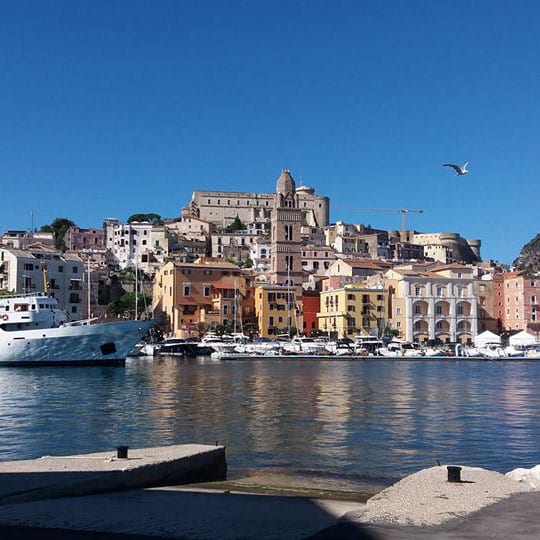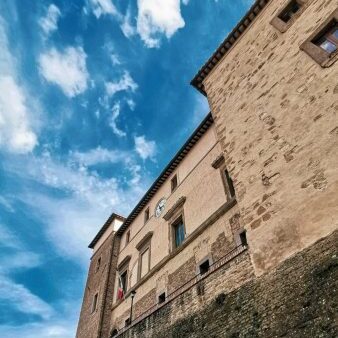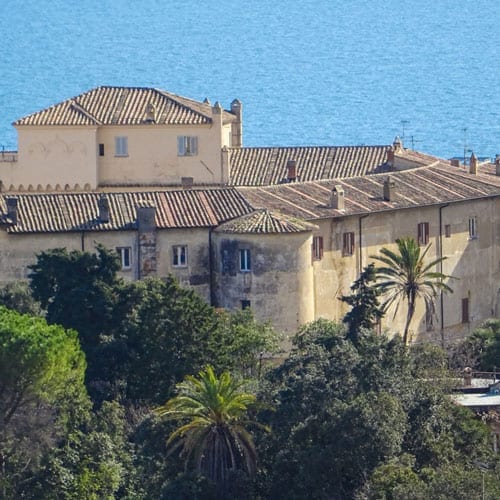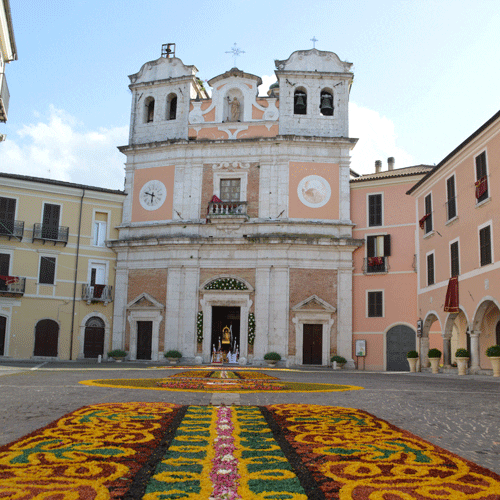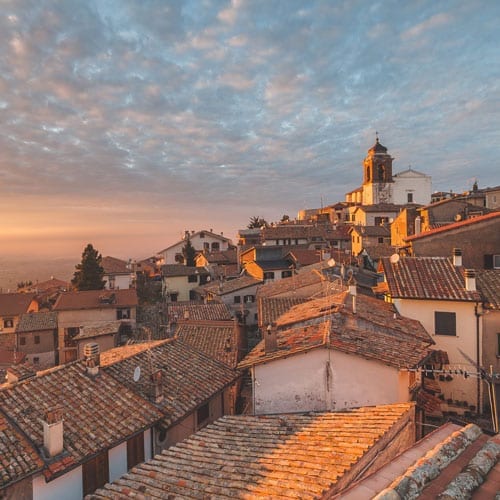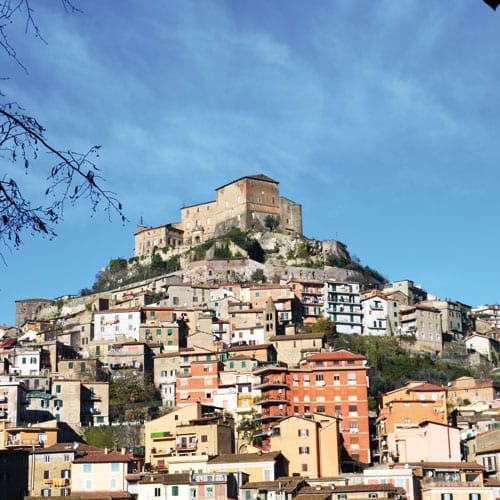 Civita
Civita
civita
in the Municipality of Bagnoregio
(Viterbo District)
Altitude
mt. 485 a.s.l.
POPULATION
3860 (8 in the borgo)
Patron SAINT
San Bonaventura, July 15th
TOURIST INFORMATION
Bagnoregio Town Hall, Ph. 0761 780815 – 760206
Pro Loco, Ph. 0761 780833
Porta del Parco, Ph. 0761 760053
www.comune.bagnoregio.vt.it
info@comune.bagnoregio.vt.it

Balneum regis, literally “King’s Bath,” is the Gothic-Lombard origin of the place name, defining a king’s property and appears for the first time in 599 in a letter from Pope Gregory the Great to the Bishop of Chiusi Ecclesio. There may be a connection with a thermal spa, but there is scarce evidence about this. According to legend, the salubrious waters of the baths healed the wounds of the Lombard king Desiderius.
The tuff hill upon which Civita rises is undermined by the continuous erosion caused by two streams flowing in the valleys below and by the action of rain and wind: thus it is crumbling away, slowly but inexorably. The village, in which only a few families remain, is collapsing, evaporating – it is slipping away: tomorrow it will be nothing but a mirage, like the best dreams, like Venice (also condemned by water), like everything that reveals the fragility and powerlessness of man. Native Bonaventure Tecchi provided the best definition of Civita: “the dying town.” The inevitable destiny of the place, the surreal landscape of the muddy gullies that besiege the borgo, the contrast of their murky colors with the golden hues of the tuff, make Civita a unique place, sunny and gloomy at the same time, alive and spectral, depending on the mood of whoever looks upon it from the precipice of the Belvedere. Linked to the world by a single, narrow bridge 300 meters long, Civita is set gently with its tuft of medieval houses. Entering the borgo (so to speak: just a handful of people live there), the first important monument you can visit is Porta Santa Maria, surmounted by a pair of lions clutching two human heads, a symbol of the tyrants defeated by the Bagnoresi, the people of Bagnoregio. Farther down, Via S. Maria opens up into the main square, where you will find the Romanesque Church of San Donato, remodeled in the 16th century. It holds a marvelous 15th century wooden Crucifix by the school of Donatello, and a fresco by the Perugino school. The Renaissance palaces of Colesanti, Bocca and Alemanni families stand out in the tiny streets among low usual houses with small balconies and outside stairs called profferli, typical of medieval architecture in Viterbo. Places worthy of a visit in Bagnoregio are the Renaissance Porta Albana, the design of which is attributed to the architect Ippolito Scalza; the Tempietto of San Bonaventura, with a Greek cross plan and a dome; and the Cathedral of San Nicola. The present day temple was first renovated in 1606, and has undergone a number of changes. Precious artworks inside include a Bible of the 12th century, which may have belonged to St. Bonaventure, and the silver reliquary in the shape of an arm giving a blessing, which holds relics of the Saint. Another important building is the Romanesque-Gothic Church of the Annunziata, flanked by a slender bell tower and holding a rich collection of paintings. It has a beautiful courtyard, built in 1524 and a well by Ippolito Scalza.
Pork meat products here are excellent because they are processed entirely using time honored traditional methods, both fresh and cured meats (prosciutto, sausage, capocollo and lombetti, rolled bacon with herbs and spices, porchetta spiced roast pork).
The local dish is fettuccine served strictly with a sauce made with chicken giblets.






